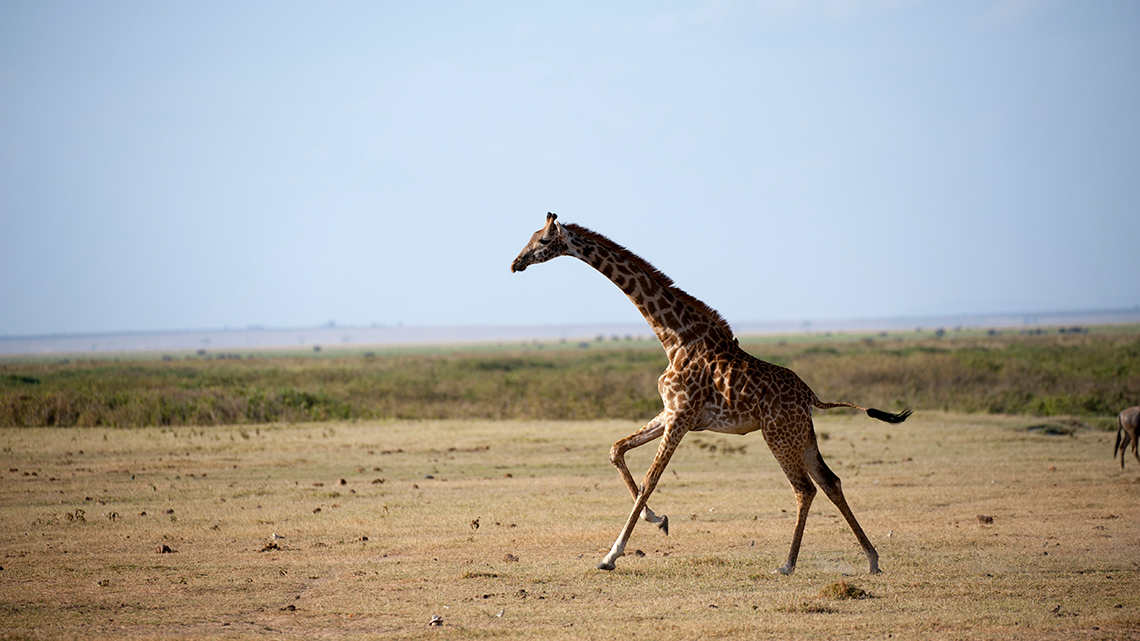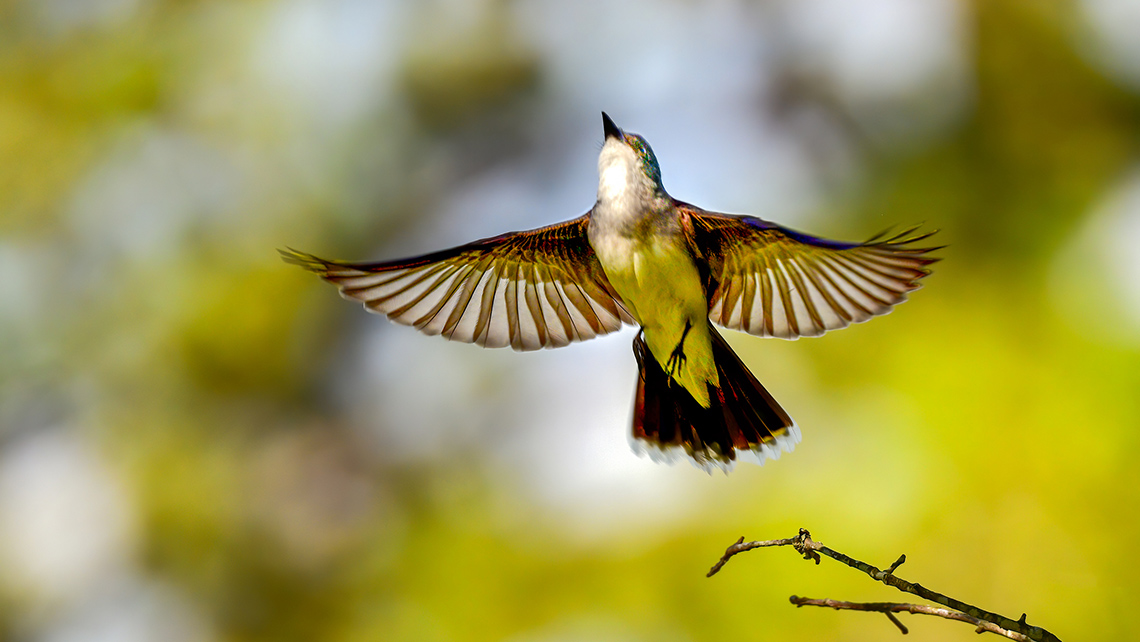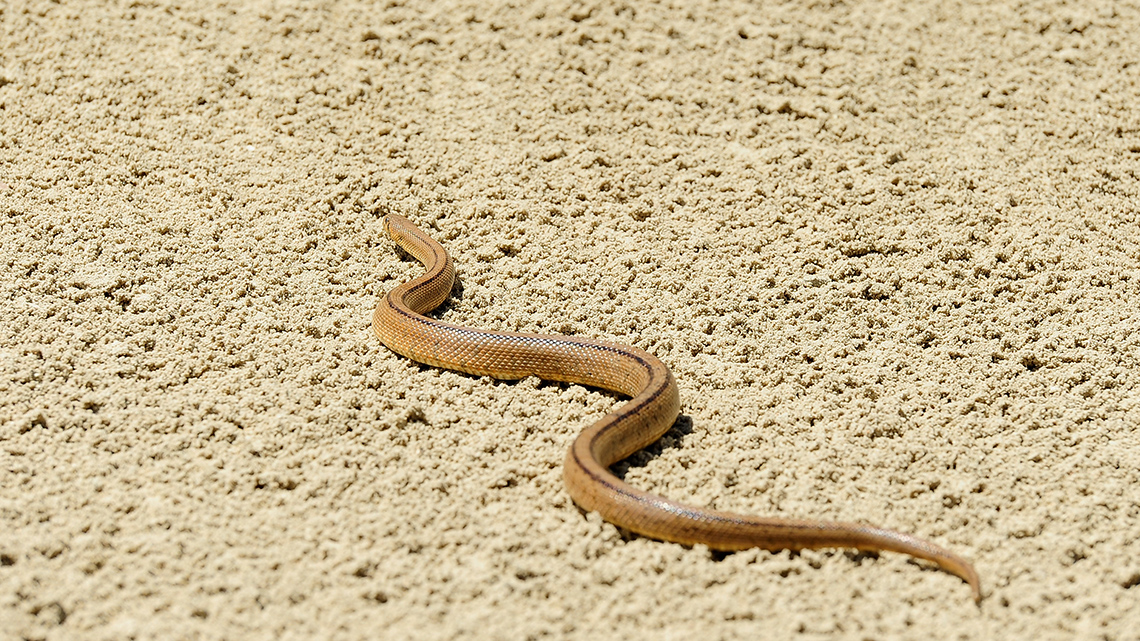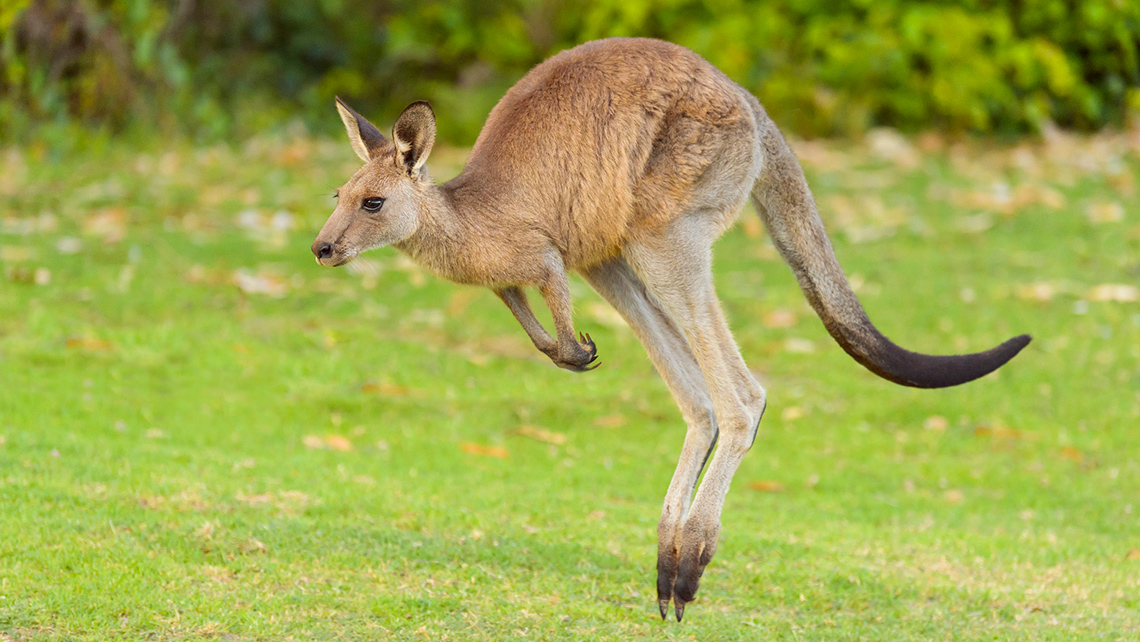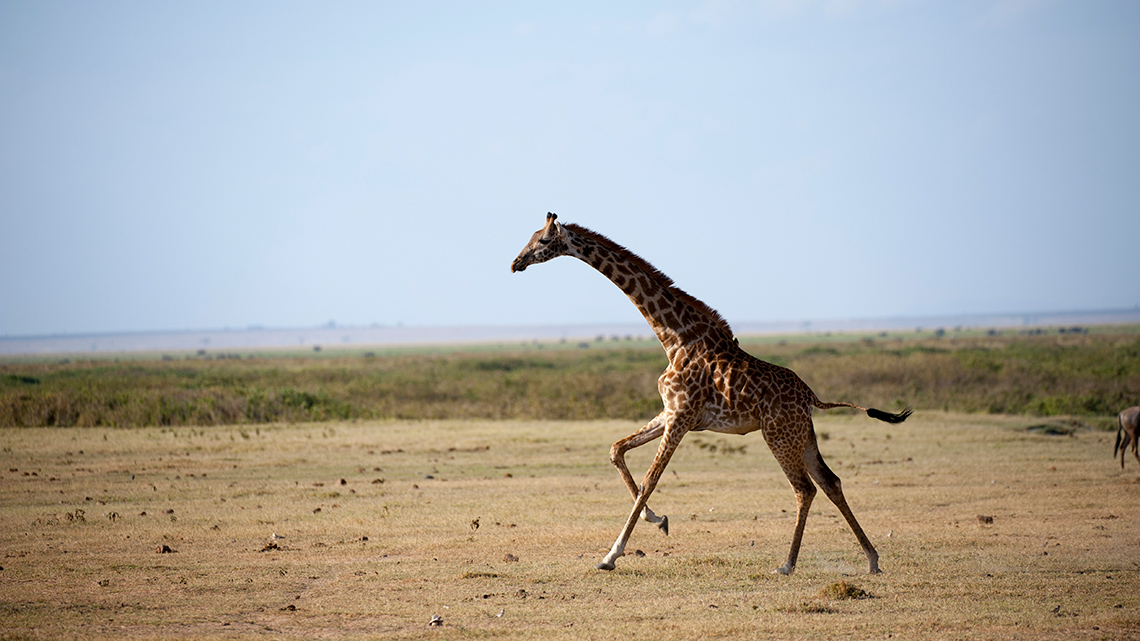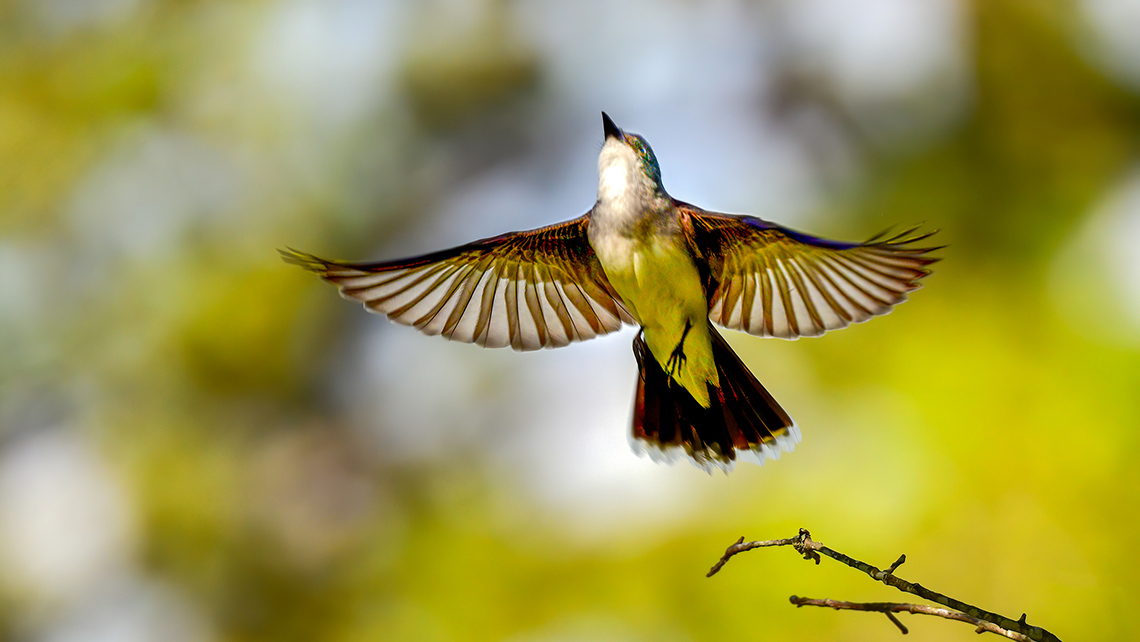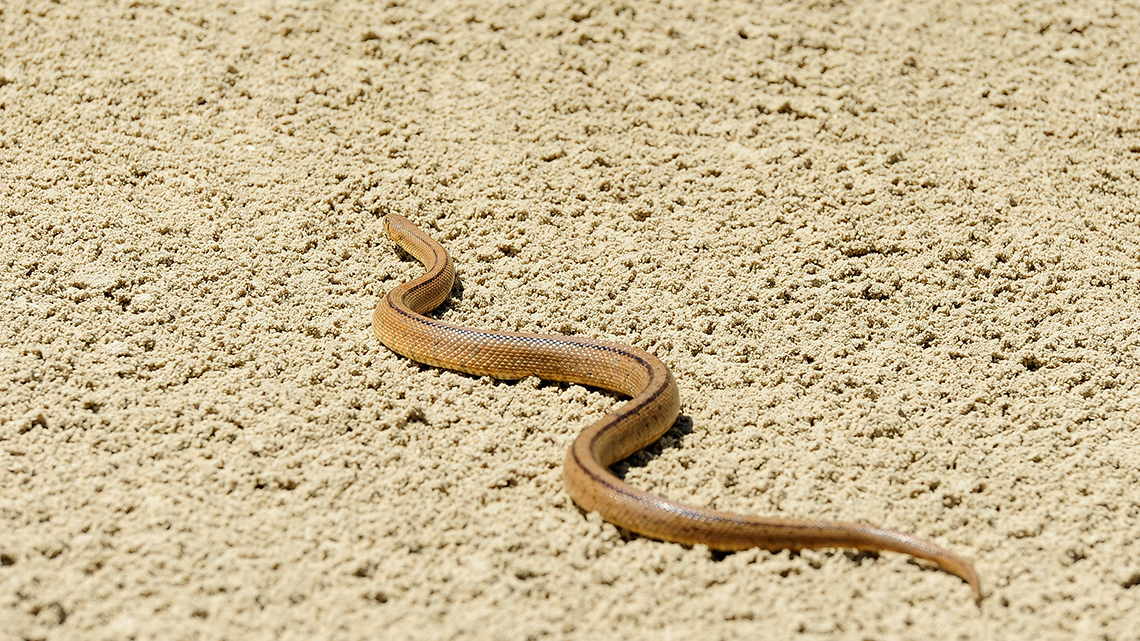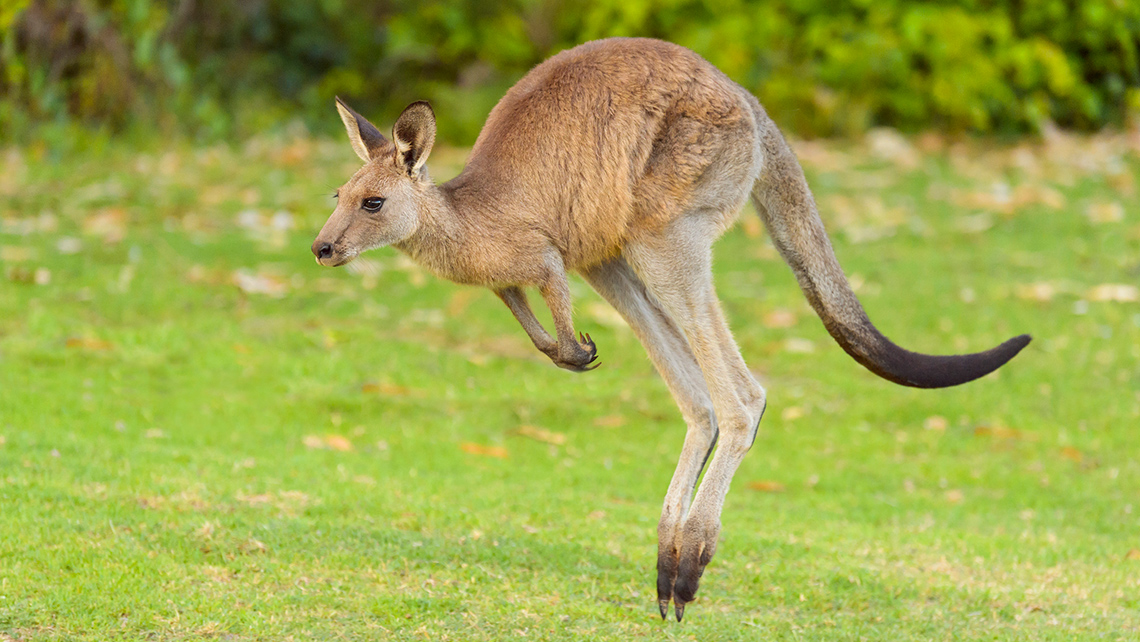Minds On
Today’s vocabulary
Press the following tabs to access today’s vocabulary.
Let’s get started!
Animals move in a lot of different ways. Some take big, slow steps. Some take short quick steps. Some slither and some swing. Some animals walk on two feet. Some animals walk on four feet. Some animals don’t have any feet!
Examine the following images and think about how you think each of these animals might move.
Action
Get ready, get set…
Task 1: Locomotor movements

Two teachers are talking. The first teacher says, “There are two types of movements in dance, locomotor, and non-locomotor movements.” The second teacher adds, “Locomotor movements are movements that travel like walking and crawling. They move from one place to another. Non-locomotor movements are movements that happen on the spot like jumping and waving.”
Revisit the images of the animals from the Minds On section.
How do these different animals move? Complete the matching activity to describe the locomotor movements that the animals use.
For each “animal’s locomotor movement” select the corresponding description.
Optional: Travel around your space. How do you move?
Task 2: Non-locomotor movements

Two teachers are talking. The first teacher says, “We said non-locomotor movements are movements that are done on the spot.” The second teacher adds, “Let’s think about what non-locomotor movements the animals from the Minds On section might do!”
What non-locomotor movement might a giraffe do?
Press ‘Answer’ to access a possible response that you might have thought of.
Reach
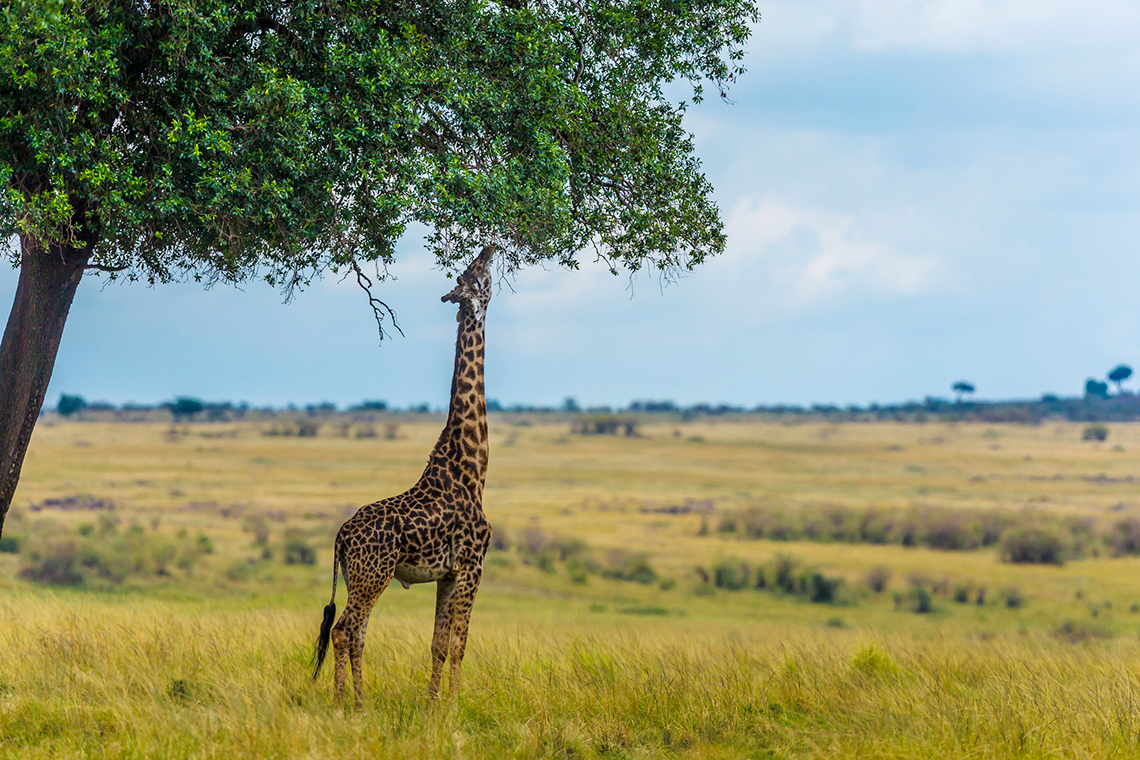
Giraffes reach
What non-locomotor movement might a bird do?
Press ‘Answer’ to access a possible response that you might have thought of.
Peck
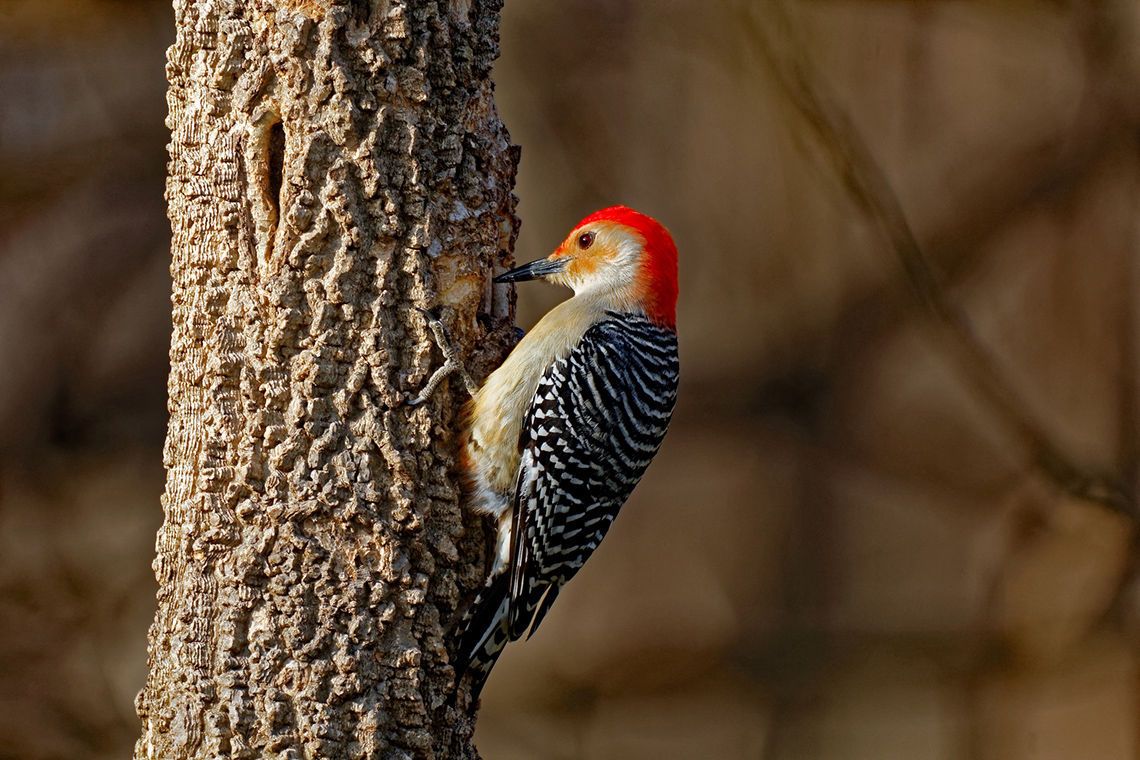
Woodpeckers peck
What non-locomotor movement might a snake do?
Press ‘Answer’ to access a possible answer that you might have thought of.
Coil
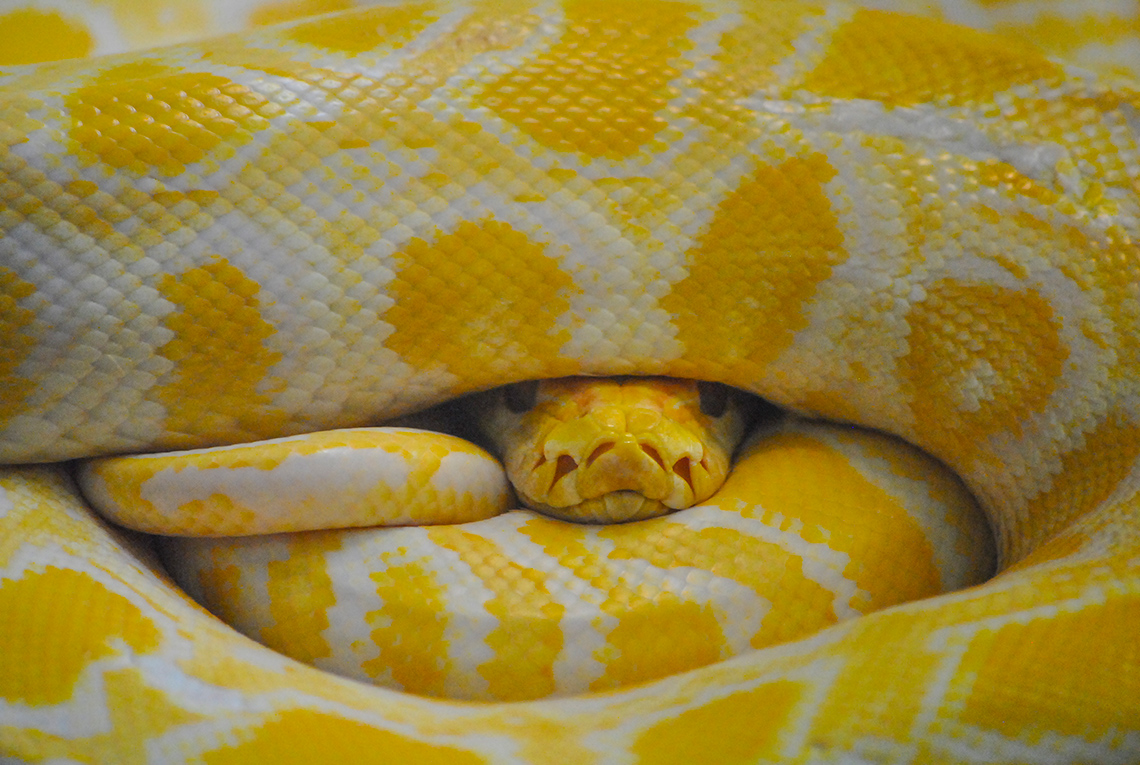
Snakes coil
What non-locomotor movement might a kangaroo do?
Press ‘Answer’ to access a possible answer that you might have thought of.
Lying down
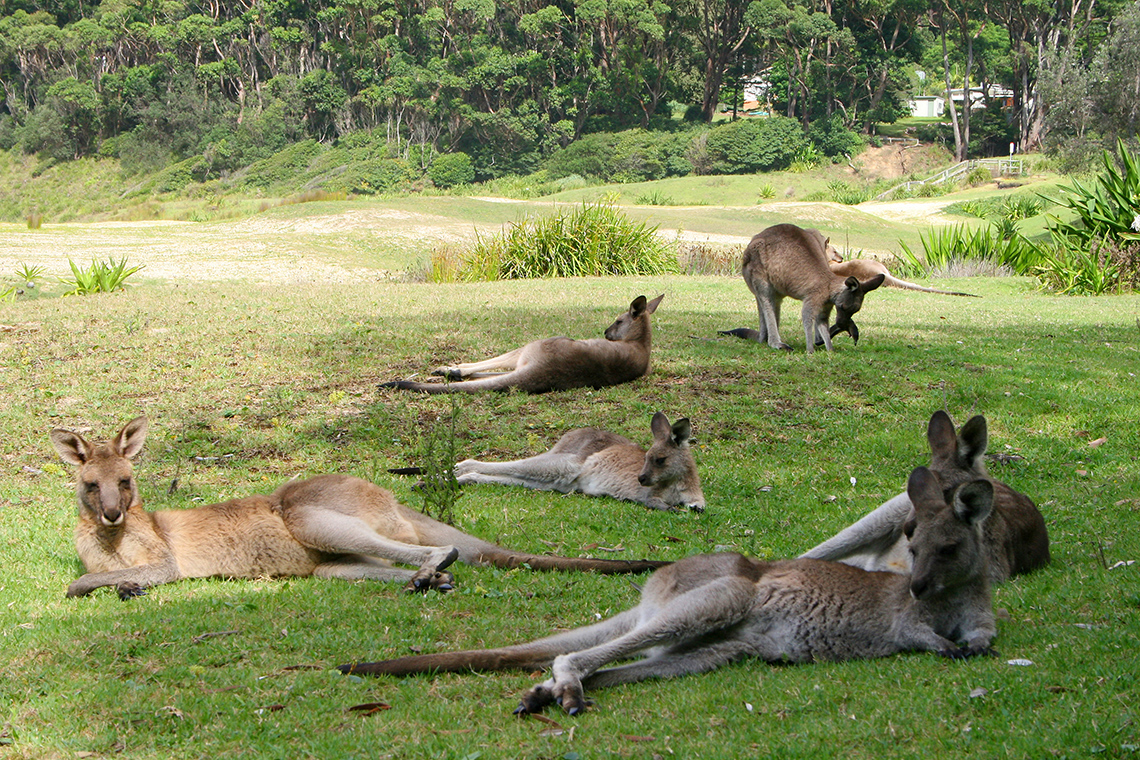
Kangaroos lie down
How do these different animals move? Complete the matching activity to describe the non-locomotor movements that the animals use.
For each “animal’s non-locomotor movement” select the corresponding description.
Optional: Consider the non-locomotor movements that you do!
Go!
Task 3: Creating our own imaginary animal
Create your own animal!
Use parts of different animals.
Press ‘Hint’ to access a tip that might be of help to you.
You might choose to use some of the animals you already explored or use different animals you know.

Two teachers are talking. The first teacher asks, “Can I use the head of a bear and the tail of a snake?” The second teacher responds, “Of course! You can use any animal.”
Record the top, the middle, and the bottom of your animal.
Press ‘Check out this new animal’ to access an example.
Check the My Animal document.
|
My Animal |
|
|---|---|
|
Top: Head of a bear |

|
|
Middle: Wings of a bird |
|
|
Bottom: Tail of a snake |
|
|
Locomotor Movements |
|
|
Non-Locomotor Movements
|
|
Press the ‘Activity’ button to access My Animal.
How would your animal move?
Record any locomotor movements your animal might make.
Record any non-locomotor movements your animal might make.
Complete the My Own Animal in your notebook or using the following fillable and printable document. If you would like, you can use speech-to-text or audio recording tools to record your thoughts.
Consider adding your work to your dance portfolio.
|
My Own Animal |
|
|---|---|
|
Top |
|
|
Middle |
|
|
Bottom |
|
|
Locomotor Movement |
|
|
Non-Locomotor Movement
|
|
Press the ‘Activity’ button to access My Own Animal.
Use the following example to guide you.
Press ‘Sample’ to access a similar example of how you will be filling in the activity document.
Check the My Animal - Example.
|
My Animal - Example |
|
|---|---|
|
Top: Head of a bear |

|
|
Middle: Wings of a bird |
|
|
Bottom: Tail of a snake |
|
|
Locomotor Movements |
My animal slithers in the air. They move in a curvy pathway. 
|
|
Non-Locomotor Movements |
My animal curls its body up in a nest. It uses a tight, wrapped-up movement. 
|
Press the ‘Activity’ button to access My Animal - Example.
Optional: Try out the movement you think your animal would do!
Safety
Let’s get our bodies moving!
Always be sure to do your safety checks before you do an activity.
Before you begin, check:
Consolidation
Putting it all together
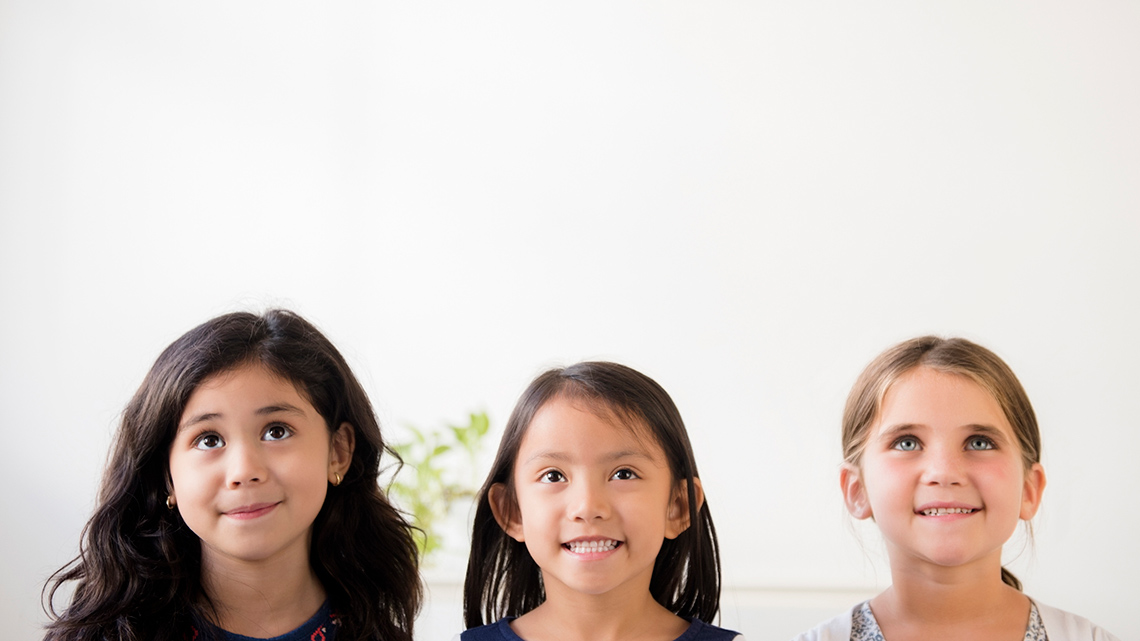
Portfolio
Review your learning
Use the following questions to reflect on your learning.
- How are locomotor and non-locomotor movements different?
- Can you name more locomotor movements or non-locomotor movements? Explain your thinking.
- How did you decide how your animal would move?
Record your responses using a method of your choice. Consider adding your work to your portfolio.
Reflection
How do you feel about what you have learned in this activity? Which of the next four sentences best matches how you are feeling about your learning? Press the button that is beside this sentence.
I feel...
Now, record your ideas about your feelings using a voice recorder, speech-to-text, or writing tool.
